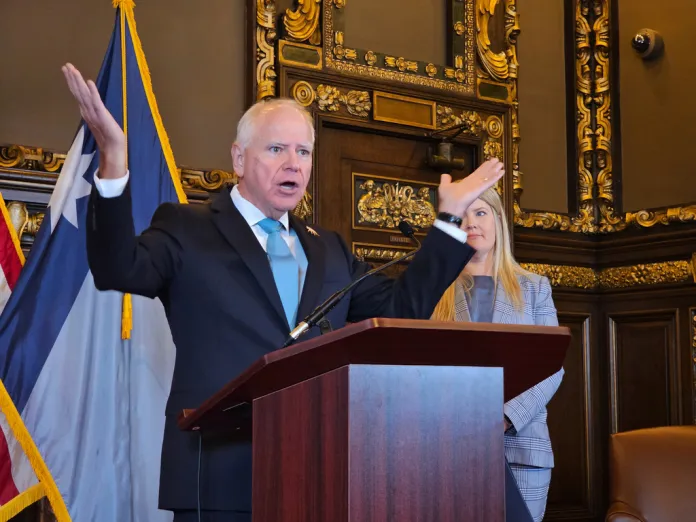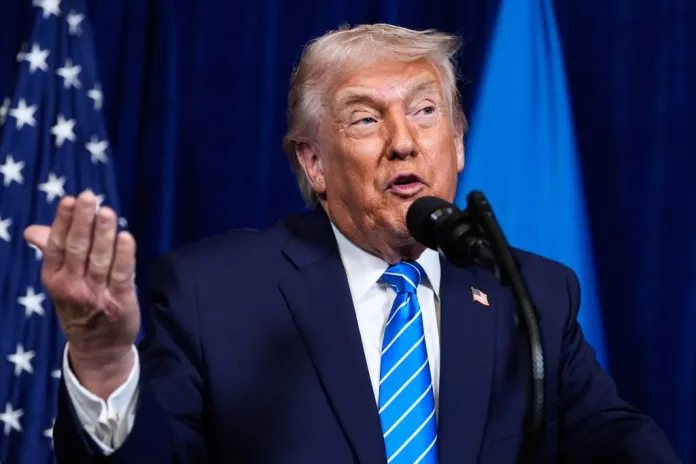Why polls might not show a ‘Trump surge’ – Washington Examiner
The article titled “Why polls might not show a ‘Trump surge’” discusses the potential discrepancies in polling data regarding the race between former President Donald Trump and Vice President Kamala Harris. Despite national polls indicating a close contest, the author argues that these surveys should be taken cautiously for several reasons.
Firstly, historical patterns suggest that polls can misrepresent the actual electoral landscape. The article recalls the unexpected victories Trump had in 2016 and 2020, where polls failed to predict his wins in key battleground states.
Secondly, the emergence of new voters is highlighted as a complicating factor. Pollsters cannot accurately gauge how many first-time voters will participate and their voting preferences. The Trump campaign is reportedly focusing on attracting young, first-time voters, who may lean more toward Trump than other demographics.
Lastly, with the election just 52 days away, the uncertainty surrounding polling predictions raises questions about the true state of the race and the likelihood of a “Trump surge.” The article emphasizes the need for caution when interpreting current polling data as a definitive reflection of the election outcome.
Why polls might not show a ‘Trump surge’
The race between former President Donald Trump and Vice President Kamala Harris might not be as tight as the polls indicate.
The New York Times and RealClearPolitics averages of national polling show the two presidential candidates in a dead heat. In the latest survey from the Wall Street Journal, they appear to be running neck-to-neck.
But do polls reflect the true state of the race? Here are three reasons why polling now should be taken with a grain of salt.
History repeats
Polls have led political pundits astray in the past, particularly around the odds of Trump winning the presidency. In 2016, Trump defied expectations (and polling data) when he clinched the White House in a shocking victory against former Secretary of State Hillary Clinton.
At the time, polls in battleground states prior to Election Day proved to be wrong. Clinton’s large lead in Wisconsin turned into a striking loss after Trump ended up flipping the state red for the first time since the Reagan era. Likewise, Clinton’s leads in Michigan and Pennsylvania also turned into surprise Trump victories that year.
Four years later, polling once again failed to predict Trump’s performance in critical swing states. Though they gave President Joe Biden a wide lead before November 2020, multiple battleground states ended up being decided by razor-thin margins. In North Carolina, Biden’s lead turned into a loss altogether in the battleground state.
New voters
While pollsters can discern based on historical data which way certain demographic groups are likely to vote, it’s impossible for them to predict the number of voters from each bracket who will cast ballots.
“Trump is winning men who have not voted. Most pollsters are adjusting,” Celinda Lake, one of the leading pollsters for President Joe Biden’s 2020 campaign, told the Hill. “I think we still have to worry about a Trump surge.”
The Trump campaign is targeting young men who may be voting for the first time and appear to be trending more toward the right than young female voters.
“The youngest members of that group were just 10 years old when Trump was elected president and see this chaotic political era as normal. They were hardest hit by COVID and felt ignored by the establishment,” John Della Volpe, the Harvard Kennedy School Institute of Politics’s director of polling, told Axios as he reflected on males between the ages of 18 and 24.
In recent days, Trump has sat down with multiple young influencers, including several young men who boast millions of followers on social media.
The former president’s conversation last month with Generation Z influencer Theo Von has reached 42 million views on X. Trump’s August livestream with Gen Z influencer Adin Ross, who has millions of followers, hit 580,000 live viewers at its peak.
.@realDonaldTrump | This Past Weekend #526 pic.twitter.com/zy6pfStBjJ
— Theo Von (@TheoVon) August 21, 2024
Fifty-two days until Election Day
There remains a two-month stretch leading up to Election Day for both candidates to pitch their message to the electorate.
Depending on how many voters end up backing her record, the 52 days could pose an opportunity or a threat to Harris. She remains a relatively unknown entity as many voters remain undecided. Roughly 4 out of every 10 voters in swing states such as Michigan, Pennsylvania, and Wisconsin don’t know what Harris stands for.
Meanwhile, more debates between the Harris and Trump camps could always change the game. A vice presidential debate is coming up next month between Sen. J.D. Vance (R-OH) and Gov. Tim Walz (D-MN).
Though Trump has declined to face off against Harris a second time, her campaign continues to hold out hope that another debate could happen.
With as many twists and turns as the 2024 election cycle has seen, it’s impossible for pollsters to predict what could change in the presidential race in the next 52 days. Biden’s disastrous debate with Trump and subsequent campaign exit, Harris’s swift ascension to the top of the Democratic ticket, and Robert F. Kennedy Jr.’s alliance with Trump are just a few matters pollsters didn’t factor into their predictions just a few short months ago.
" Conservative News Daily does not always share or support the views and opinions expressed here; they are just those of the writer."




